Annie Leibovitz Shares Her Vision in Monaco
The newest gallery openings this week, including the dark side of the American dream, traditions of Aboriginal Australian painting, a cheeky photographer, and more.
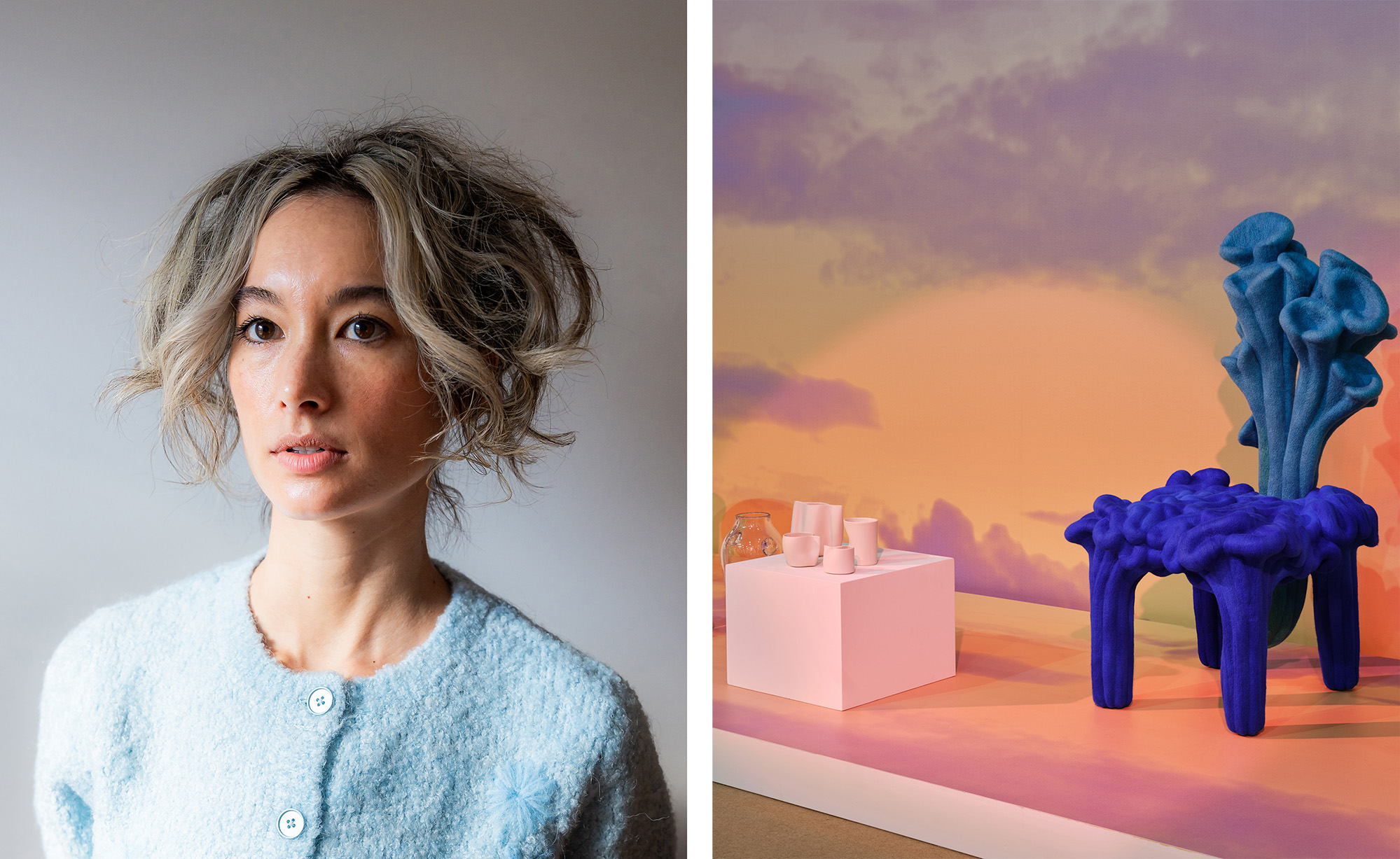
You’re reading The Grand Tourist Curator, our weekly newsletter with the latest handpicked news and insights from the worlds of art, design, style, food, and travel. Sign up here to get The Curator delivered directly to your inbox.
Who to Follow: Rising Design Stars, Spotted by an Editor Who Knows Best
During my days editing Surface magazine (well over a decade ago now), our little crew specialized in spotting emerging designers that were breaking all the rules of the creative world. And right alongside me in the trenches at the time was Tiffany Jow, who I’m happy to say has had an incredible career in design and journalism since. Her latest gig is as the founding editor of the ad-free journal Untapped, which today is celebrating its first anniversary. “I think people want to read long-form, critical pieces that are about ideas, that help them think about things differently—an alternative to stories about products, trends, and home tours—and writers want to write about those things, too,” Jow says.
The outlet’s first print edition came out in October and has been a hit, delivering top-notch criticism and insights on the industry. “It’s no secret that the mainstream design press is increasingly producing content in service of its advertisers,” she says. “The journal’s enthusiastic reception—by universities, institutions, scholars, readers, and others who have reached out to us over and over—tells us that the content Untapped produces is not only wanted, but needed.” I caught up with the ever-charming Jow and asked her to share her short list of upstarts who are evolving our aesthetics one blobby chair and one handcrafted urn at a time. —Dan Rubinstein
Bradley L. Bowers
“Bradley’s output includes furniture, lighting, and other interior objects made in his New Orleans studio. Taken together, his work doesn’t look like it was made by the same person. That’s because he’s always investigating a different idea, often through a different medium and at a different scale. That’s very brave and requires a fair amount of self-assurance, something he exudes. But Bradley, who is remarkably candid and effervescent, is the opposite of an egomaniac. He genuinely wants to change people’s perspectives through his work, which focuses on manipulating materials in unexpected ways: He has pinched porcelain, sculpted sterling silver, printed optical illusions onto wallpaper, and more.”
Ryan Decker
“The first time I met Ryan, at the press preview for Alcova in Milan last year (Bradley actually introduced us), he was carrying a tote bag shaped like a giant foot—he could’ve lost his phone in its big toe. I love his unassuming, uninhibited weirdness, which informs his creative practice. He makes objects that blend historical references, like medieval art and baroque furniture, with pastimes like video games and making digital art. He also works in the studio of Misha Kahn and has a solo show coming up at New York’s Blade Study gallery this April.”
Clementine Keith-Roach
“I’ve never met Clementine, who lives and works in London, but I feel like I know her. Or at least parts of her. The first time I saw her anthropomorphic urns was at P.P.O.W.’s booth at the Independent art fair in New York, in March 2020. Large terra-cotta vessels, sourced from Turkey or Greece, were embellished with life-size casts of her own body—she’d become captivated by its transformation during her first pregnancy. Presented on plinths, I walked around each one to discover breasts and hands, some holding other hands or even coins and rings. I stayed for a long time, just feeling the feelings they conjured up.”
Liam Lee
“Several years ago, I was in The Noguchi Museum’s shop and came across these otherworldly textiles. Covered in vivid, tactile squiggles that looked like particles under a microscope, their maker, Liam Lee, also adds this sensibility to surreal chairs (made from needle-felted merino wool that Liam, a former set designer who lives in Brooklyn, dyes himself), which have been snatched up by major designers and institutions, and were a finalist for last year’s Loewe Foundation Craft Prize. He should have won. At the last show of his I went to, people fought over buying them!”
Julian Watts
“To visit Julian’s studio and home in rural Oregon, you have to drive, as I did, a very long way into the forest. Once there, you’re immersed in his world. While I was there, Julian told me that a huge part of his design process is just carrying sticks around and touching them, his way of idea-gathering and research. He actually collects sticks and has a barn full of them; some become part of his fantastical, blob-shaped works, which he sands and chisels by hand. The results are awe-inspiring and grotesque; you want to touch them.”
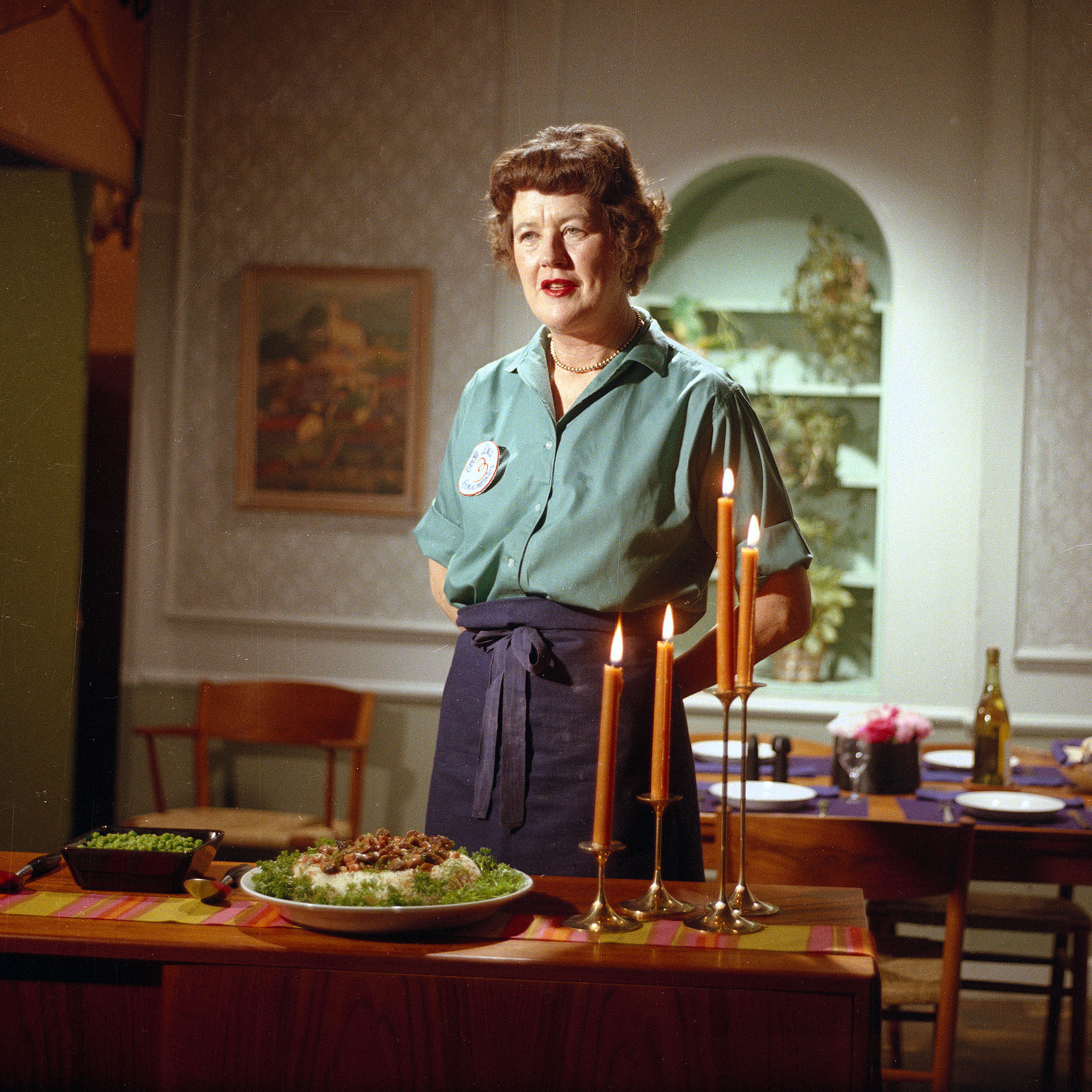
A Trailblazing Abstract Modernist is Remembered; the Marriage of Fashion and Sport is Celebrated; and the Legacy of America’s Most Beloved Chef is Devoured
Richmond, “Julia Child: A Recipe for Life” (Opens Mar. 16)
On The French Chef, Julia Child taught Americans how to bake a soufflé, and other secrets of cooking French cuisine at home. Armed with a passion for teaching, she was one of the first women to host a cooking show. The Virginia Museum of History & Culture celebrates the tenacious, passionate woman behind the camera, who was just as authentic as her beloved TV appearance. virginiahistory.org
Houston, “Janet Sobel: All-Over” (Until Aug. 11)
Janet Sobel was a mother of five when she first started painting in 1939. In her merely four-year career, she shot to fame in NYC’s art world and was the first to introduce the technique of “all-over” abstraction. Though she is primarily known today in association with Pollock, her paintings, presented together for the first time in over six decades, speak for themselves in this exhibit by The Menil Collection. menil.org
New York, “The Harlem Renaissance and Transatlantic Modernism” (Until July 28)
The Harlem Renaissance radically shaped international modern art, though it seldom gets its due. The Metropolitan Museum of Art presents New York City’s first survey of the subject in nearly 40 years. Upward of 150 works by Black artists depict everyday modern life in the 1920s as New York City’s Harlem, Chicago’s South Side, and cities nationwide were shaped by the millions of Black Americans leaving the segregated South. metmuseum.org
New York, “Toshiko Takaezu: Worlds Within” (Opens Mar. 20)
The signature closed-form ceramics of Toshiko Takaezu have a beautiful charm to them, like each round sculpture has a mind of its own. The Isamu Noguchi Museum presents some 200 objects that chronicle her life and the evolution of her work, from her early life in Hawaii to her studies in Michigan. Catch the retrospective in Long Island, or when it travels to several other locations in the U.S. noguchi.org
Paris, “Match: Design & Sport” (Opens Mar. 13)
We love how design looks, but when it comes to sport, good design must draw not only on aesthetics but aerodynamics. With the incoming Paris 2024 Olympics, the Musée du Luxembourg dissects this relationship, showcasing the power of design in making world records and changing the game—as well as fashion designers inspired by athletic wear—and what the future holds. museeduluxembourg.fr
Paris, “Brancusi” (Opens Mar. 27)
The 20th-century sculptor Constantin Brancusi felt his studio to be inseparable from his art. In his will he left it to the French state, who would bequeath it to the Centre Pompidou to reconstruct and showcase his work as it was. Now, to coincide with the major renovations and relocation of the studio, the museum is putting together the largest collection of Brancusi’s work ever, with nearly 200 sculptures, as well as photographs, archives, and tools from the studio. centrepompidou.fr
—Vasilisa Ioukhnovets
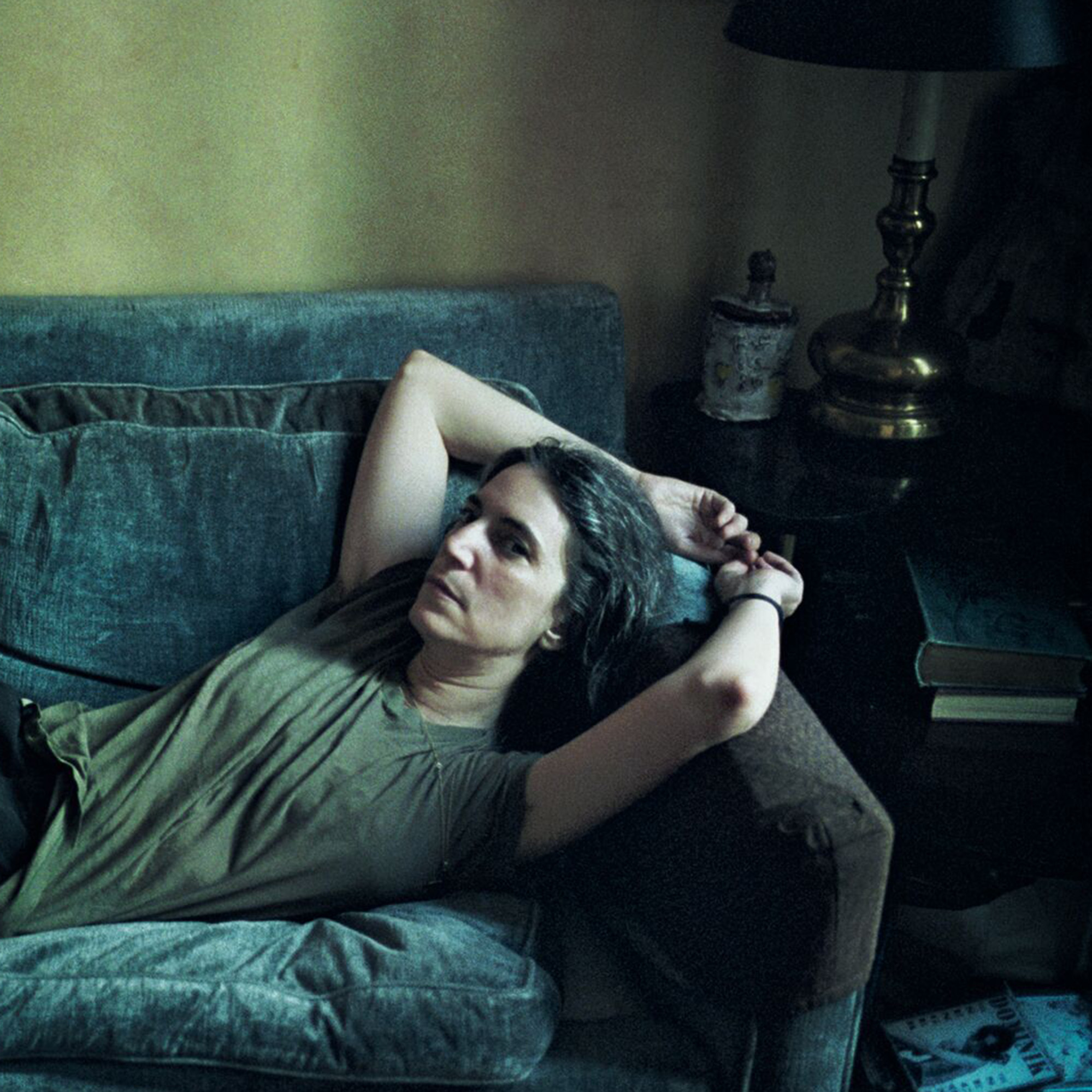
The newest gallery openings this week, including the dark side of the American dream, traditions of Aboriginal Australian painting, a cheeky photographer, and more.
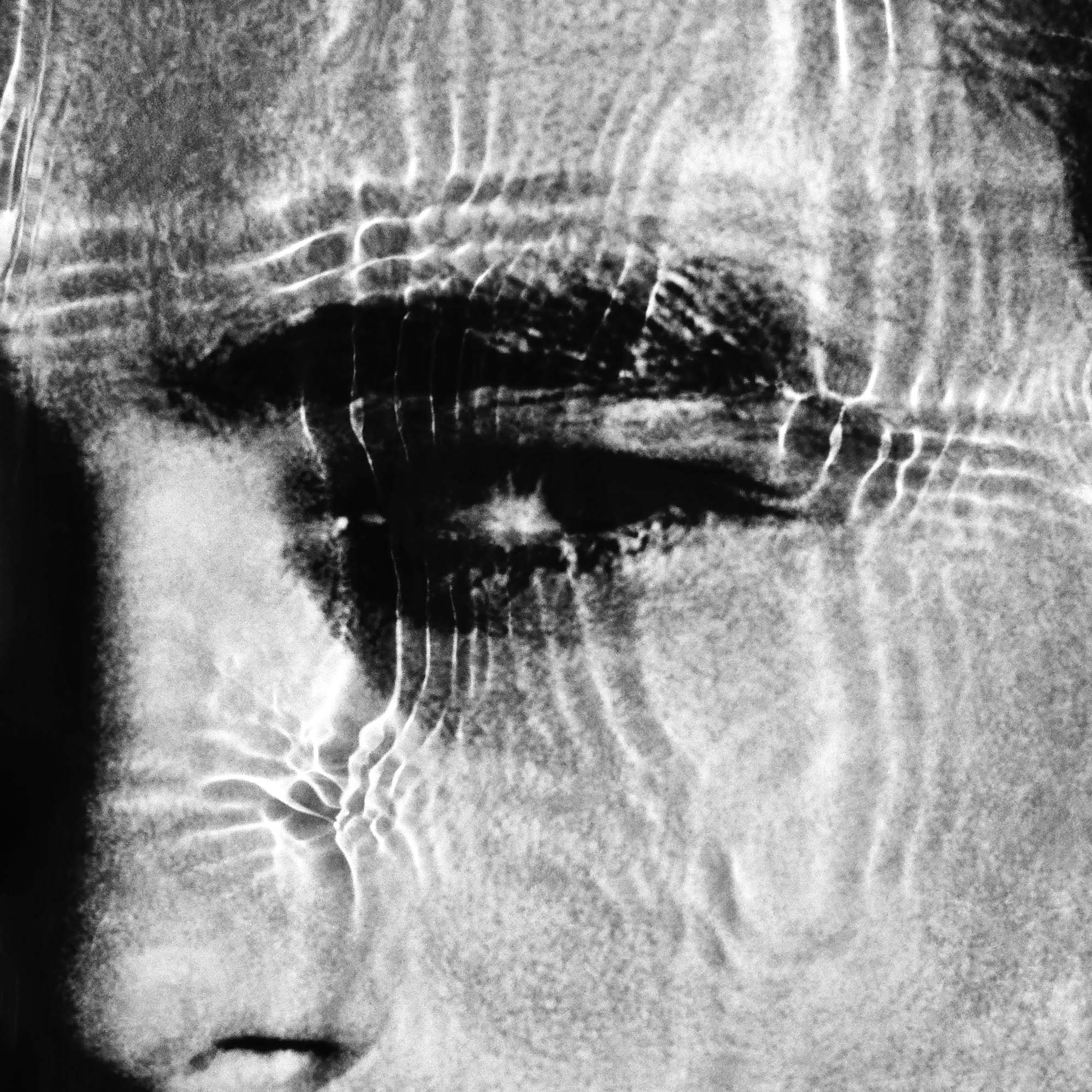
For Italian fashion photographer Alessio Boni, New York was a gateway to his American dream, which altered his life forever. In a series of highly personal works, made with his own unique process, he explores an apocalyptic clash of cultures.
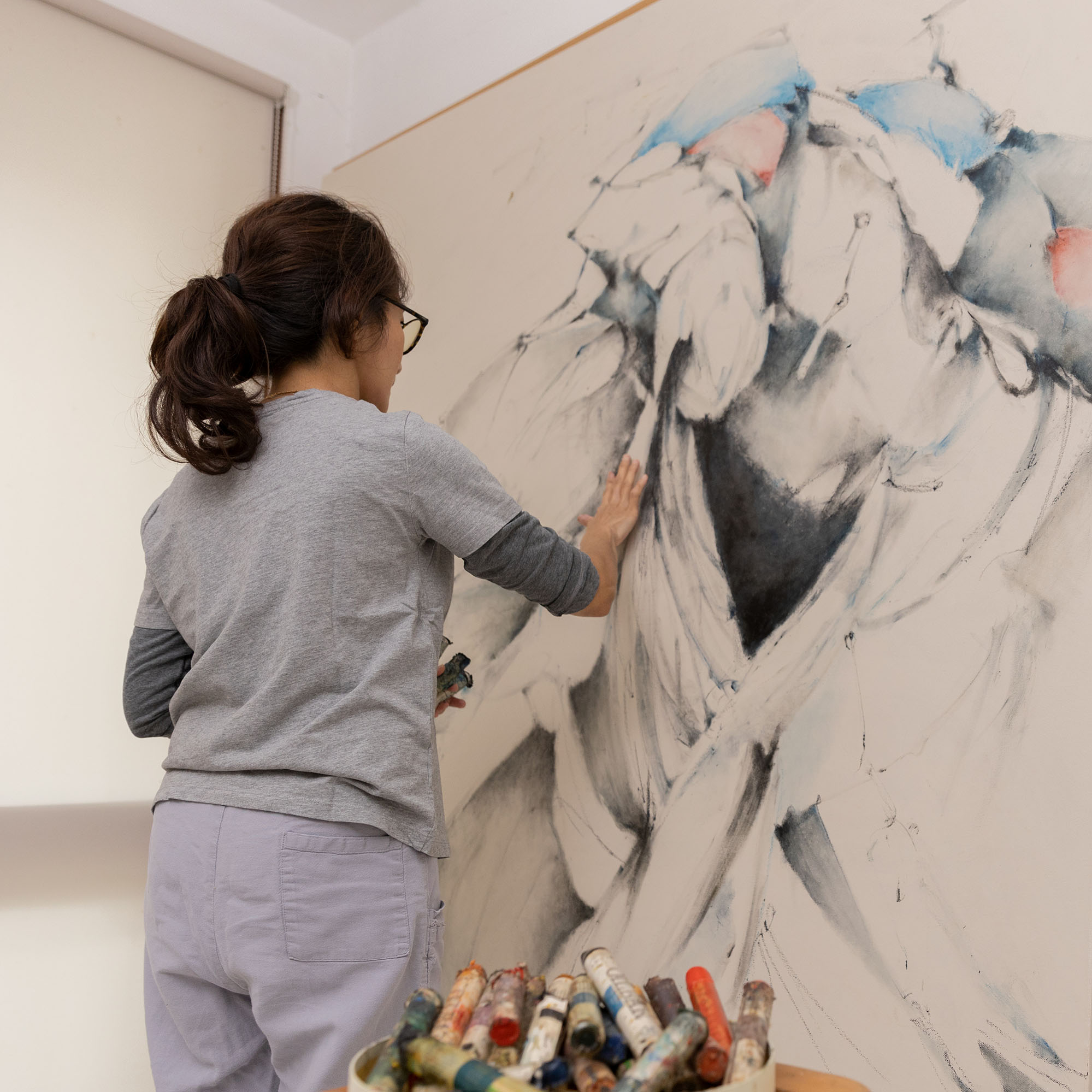
Plus, an exciting young British artist receives a retrospective, Marcel Dzama's whimsical drawings take a political turn in L.A., and more gallery openings.